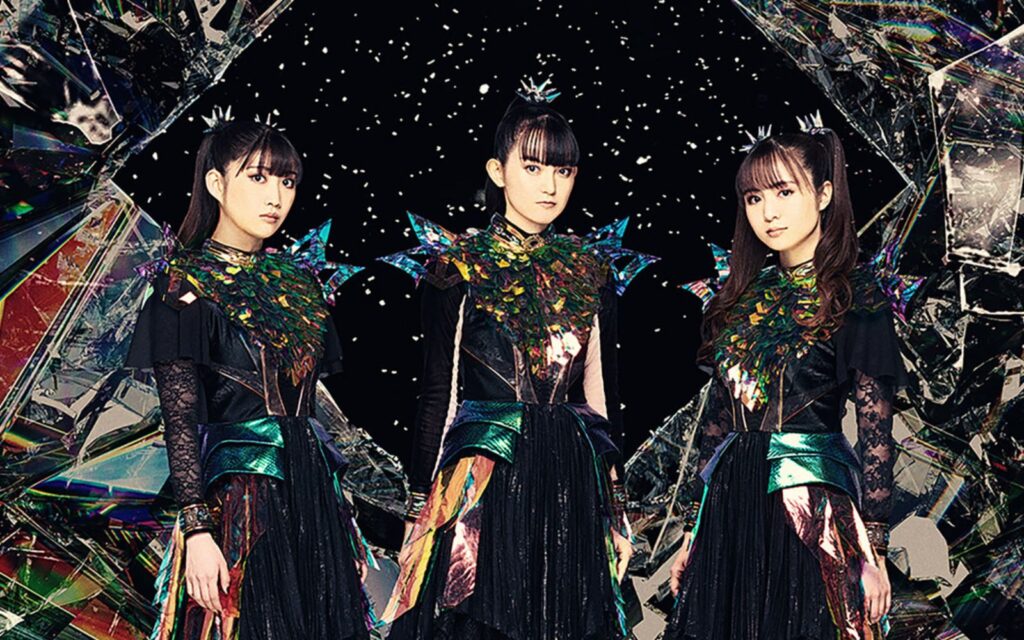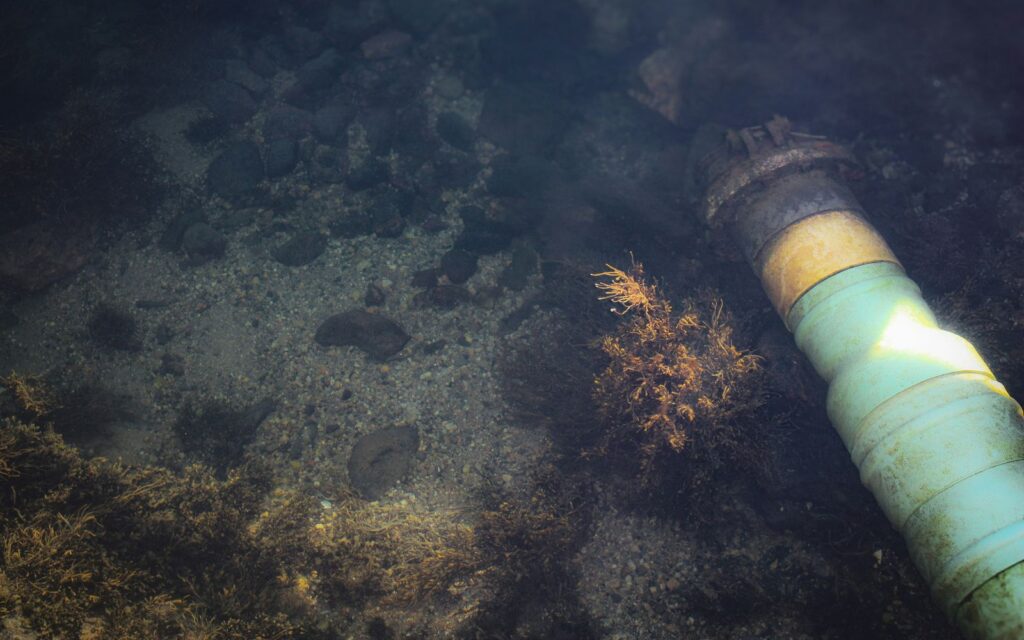On Saturday 14 October 2023, Australians will have their say in a referendum about whether to change the Constitution to recognise the First Peoples of Australia by establishing a body called the Aboriginal and Torres Strait Islander Voice.
The Voice would give independent advice to the government on matters relating to Aboriginal and Torres Strait Islander peoples, guided by its own resources to research and develop representations. Members of the Voice will be selected by Aboriginal and Torres Strait Islander communities. While working alongside existing organisations, the Voice will consult communities to ensure it is reflective of the people.
There has been an overwhelming amount of information, misinformation and disinformation circulating in the media and elsewhere in the lead up to this referendum. Despite the proposal Australians are to vote on being clear, the unprecedented noise surrounding the issue has fostered confusion and uncertainty in the public. While The Australian Electoral Commission has set up a register aimed at countering common disinformation, it is limited to addressing claims about how the process works – nor could it keep up with the endless stream of opinions guised as indisputable facts.
To reclaim some clarity, we spoke with representatives from Reconciliation Australia – a non-government and not-for-profit organisation and the leading body aimed at finding reconciliation between Indigenous and non-Indigenous Australians.
Stay up to date with what’s happening in and around Melbourne here.
Why does Australia need The Voice and how will it make a difference to the lives of Indigenous and Torres Strait Islander peoples?
A Voice to Parliament will give Aboriginal and Torres Strait Islander communities a route to help inform policy and legal decisions that impact their lives. There currently is no formal consultative process and no obligation for any government to do so. This has led to policy failures across successive governments as Aboriginal and Torres Strait Islander people’s experience and on-the-ground knowledge is ignored.
The effect of this missing ingredient in policy making and legislation formulation can be seen in our national failure to close the gap in so many target areas. The Voice will make a difference here and will lead to more effective results. Embedding The Voice in the Constitution means that it cannot be shut down by successive governments as legislated bodies have been in the past.
What are the most common or most threatening misconceptions surrounding The Voice?
On Saturday 14 October, the Australian public will decide whether they agree to a simple principle: Should we recognise Aboriginal and Torres Strait Islander peoples in the Constitution through a Voice?
Right now, there’s a lot of noise that’s been created – misinformation, disinformation – about the Voice, potentially causing confusion and distracting from this simple point. People are smart enough to see through the noise, and there are neutral sources doing fact-checking such as the AEC, RMIT Factlab and AAP Factcheck.
Why are there Aboriginal and Torres Strait Islander peoples who do not support The Voice?
There is diversity of views across communities as people continue to weigh up the proposal and what it means to them and their communities. However, our research consistently shows that there is strong support across First Nations communities for the Uluru Statement from the Heart and for The Voice.
The 2022 Australian Reconciliation Barometer shows that 86% of Aboriginal and Torres Strait Islander peoples believe it is important to establish a representative Indigenous Body and 87% believe that this body should be protected in the Constitution.
It’s also important to remember that the proposal put to the Australian public in the Uluru Statement from the Heart came from those First Nations peoples represented in the First Nations Regional Dialogues and the national convention in 2017.
How can The Voice represent the diversity of Aboriginal and Torres Strait Islander people’s views?
Following a ‘Yes’ vote in the referendum, the final structure of the Voice will be decided by the Federal Parliament and created by an act of the Parliament after the usual debate in the House of Representatives and the Senate.
The Indigenous Voice Co-design Report outlines a proposed structure for a First Nations Voice to Parliament. It includes these principles around the design of the Voice: Independent advice to parliament and government, is chosen by First Nations people, representative of First Nations communities across Australia, empowering, community-led and inclusive, culturally informed, respectful, gender balanced, and works alongside existing organisations and traditional structures. It will not replace them.
What will it mean for reconciliation if the referendum achieves a ‘yes’ vote majority?
The reconciliation movement – a people’s movement – has been working to change systems through reconciliation for the past 30 years– through where we live, work and socialise. The need for Aboriginal and Torres Strait Islander people to have a say in their own lives has been at the heart of reconciliation.
A ‘Yes’ vote gives strength to our journey, to our decades of work. It will give us further momentum as a nation, to keep moving on Closing the Gap and other practical measures with the aim of achieving a just, equitable and reconciled country.
For more information on the referendum, including summaries from the yes and no campaigns and instructions on how to participate, check out the AEC’s referendum booklet here.







